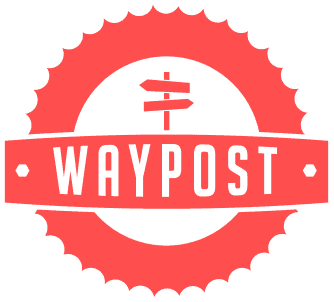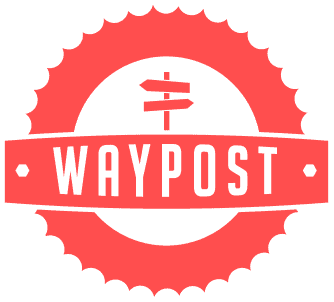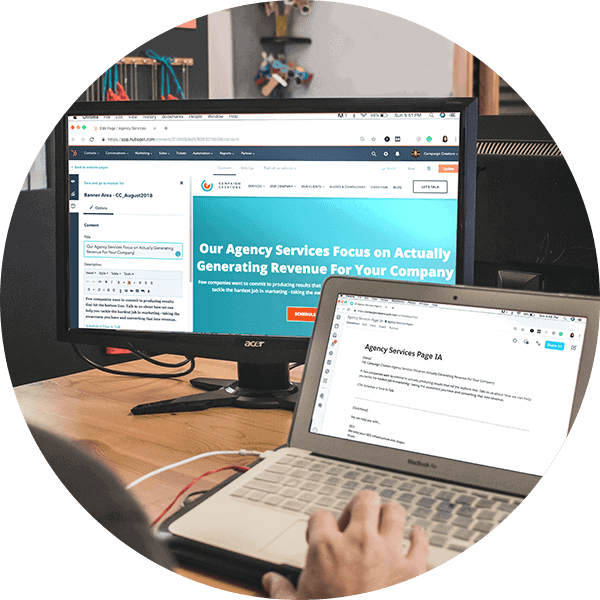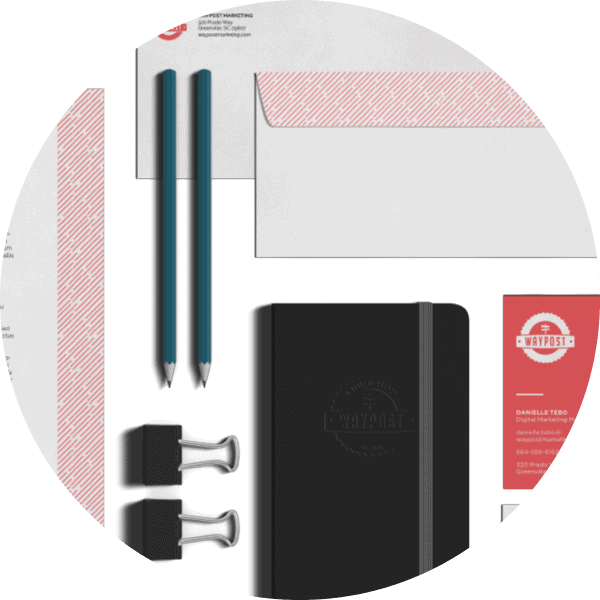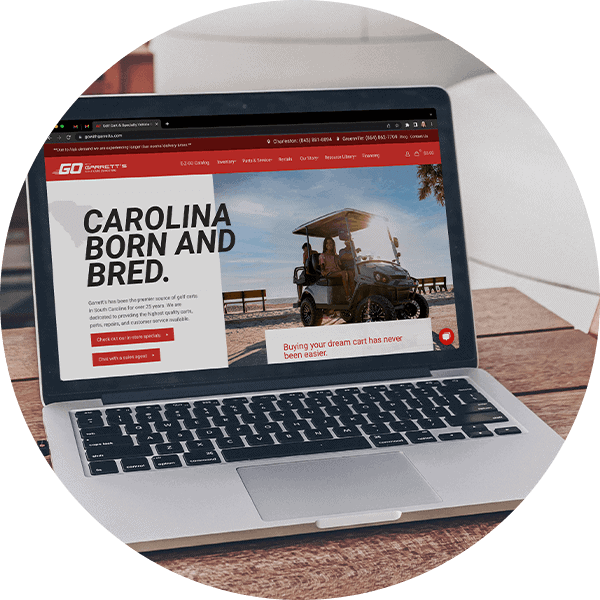
6 Tips That Will Help Improve Your Social Media Strategy
August 18, 2015Why Does Inbound Marketing Cost So Much?
August 25, 2015 You’ve spent days painstakingly writing the perfect marketing email or monthly newsletter for your company or client. Content is added, removed, added in again. Then, finally, it’s ready. You’ve written the best marketing email the world has ever seen! You click ‘send’, sit back, and wait for the pile of positive feedback.
You’ve spent days painstakingly writing the perfect marketing email or monthly newsletter for your company or client. Content is added, removed, added in again. Then, finally, it’s ready. You’ve written the best marketing email the world has ever seen! You click ‘send’, sit back, and wait for the pile of positive feedback.
Then… crickets.
Is your click rate stubbornly staying in single-digits? Is no one even opening your emails? We have a few ideas on why you’re not getting the engagement you deserve, and what you can do to make sure your next email doesn’t lead to an empty inbox.
Let’s Start With the Subject Line
It’s the first thing your customers will see, which makes it the the most important place to start. If your subject line isn’t engaging, nobody’s going to click. If they don’t click, they’ll never see the brilliant marketing content you worked so hard to put together.
One tip for upping your open rate? Personalize the subject line! Hubspot makes doing so nice and easy for you, but it’s possible across the board. It’s just a basic fact; people are more likely to open an email where their own name is the first thing they see.
You’ll also want to work on making the rest of the subject line short and sweet. Most email subject lines cut off after about fifty characters. That doesn’t give you much to work with, but sometimes being forced to keep things brief can make you really work on an engaging headline that doesn’t read like the first sentence of War and Peace.
Finally, you’ll want to walk the line on salesmanship. While providing some benefit to opening the email in your subject line is a good plan and can lead to a higher open rate, you don’t want your customers to feel like they’re being shouted at through their monitor.
In brief: Personalize the subject line, keep it short, and sell without shouting.
Take a Closer Look At Your Audience
Segmentation is one of the best ways to up your open rate and get more readers to click on the links in your emails. Separating out your Contacts by identifying details that link them together and creating Lists allows you to more effectively target specific audiences. While you can definitely send out an email to everyone, you’ll run into a wall. That many different people, working different jobs, living different lives, with different hobbies and interests… it’s hard to write marketing content that will draw in everybody. Creating lists based on company type, location, or other details allows you to personalize – and as previously mentioned, people are far more likely to open an email with personalized details aimed specifically at them.
Amazon is a good example of a company that utilizes this style of personalization effectively. Using an example from my own life, at one point I bought a book from there by a specific author. Within a few days, I received a targeted follow-up email recommending similar books – either written by the same author, or on the same general subject. This kind of follow-up personalization works. I know that, because I now have six books I didn’t have before – three by that same author, and three written on a similar subject by authors similar to her.
Companies have used this particular personalization trick to up their open rates by up to 40%. It pays to take a closer look at your clients, figure out what they’re interested in, and make sure your email communication relate to their real lives. We’ve written about this before, in The Zero Moment of Truth: Selling to the New Buyer Mentality. Buyers today want to see marketing with authenticity – marketing that attempts to create a real connection between a company providing a product or service and the customer looking to purchase. Personalization, when does right, goes a long way towards creating this authentic connection.
In brief: Segment your Contact lists for a more personalized approach to email marketing.
Are Your Emails Making It to Their Destination?
This is a problem that tends to go one of two ways; your Contacts list may end up full of nonworking or outdated email addresses, leading your emails to bounce and not be delivered, or not tracking engagement could lead to sending the same emails over and over with no response. It’s discouraging, and we want to help you avoid that discouragement.
First off, keep your lists up to date! Make sure you go through after each email blast you send, picking out hard and soft bounces and changing up your list accordingly. That way you won’t be wasting those carefully written emails on email addresses that don’t exist or who have opted not to receive your communications.
Secondly, permission-based email marketing is key. We’ve written about the Power of Permission-Based Marketing before, and it’s a good read to get a better idea on why it’s so important to utilize it. When your clients fill out an form to ensure that you have access to their email address, they are telling you that they are interested in your products or services and in what you have to say. People are far more likely to open an email from a company that they actively gave their email address to for just that purpose. Don’t buy a list of email addresses – build one.
Don’t make it too tough to unsubscribe, either. It’s not uncommon for companies to create hoops that users have to jump through in order to get their emails off a subscription list, but this doesn’t work in the company’s favor. Remember, keeping track of who doesn’t want to continue receiving your emails is just as important as looking at who does. Keeping people on your List who don’t want to be there just makes your emails sit, abandoned, in the inbox of someone who is deliberately choosing not to open them. A simple link at the bottom of the email that takes the client to a confirmation page is all you need. This way, you can track what sorts of emails are losing your subscribers and what seems to help you gain them.
In brief: keep track of your Lists and don’t make it too tough for your clients to leave or stay.
Never Send an Email You Didn’t Test
My final piece of advice is a short one, but it’s possibly the most important thing you can do to up the quality of your email marketing. Never, ever send out an email without testing it first. Send it to yourself, your coworkers, and (if you’re a marketer writing on behalf of a client) to the client you’re marketing for, to get final approval before you send out to customers.
You’ll gain valuable advice from your client on whether or not it matches the ‘voice’ they’re looking for, or if it seems like a good fit for their customer base. Your coworkers can let you know whether or not the subject line and content is engaging and interesting. You’ll be able to really see how it looks right there in the inbox. While Hubspot and other marketing tools often provide a preview, it’s still not quite as true to life as actually seeing it in your inbox, clicking to open, and experiencing what everyone will see when it arrives.
In brief: Always test before you send.
We sometimes struggle with finding just the right balance in getting email engagement without overdoing it. Hopefully, you’ll find our advice helps you create the kind of email marketing that draws in customers without overdoing it and chasing them off. If you’re looking for a website redesign or to have your company’s marketing done by a team of professionals willing to give their all to tell your story, contact Waypost Marketing today! We’d be happy to schedule a consultation and let you know how we can help get you the results and engagement you deserve. You can reach us by phone at (864) 288-6162 or online today!
And if you’re having trouble nurturing your leads to convert them into luxury buyers, download our free ebook below.
